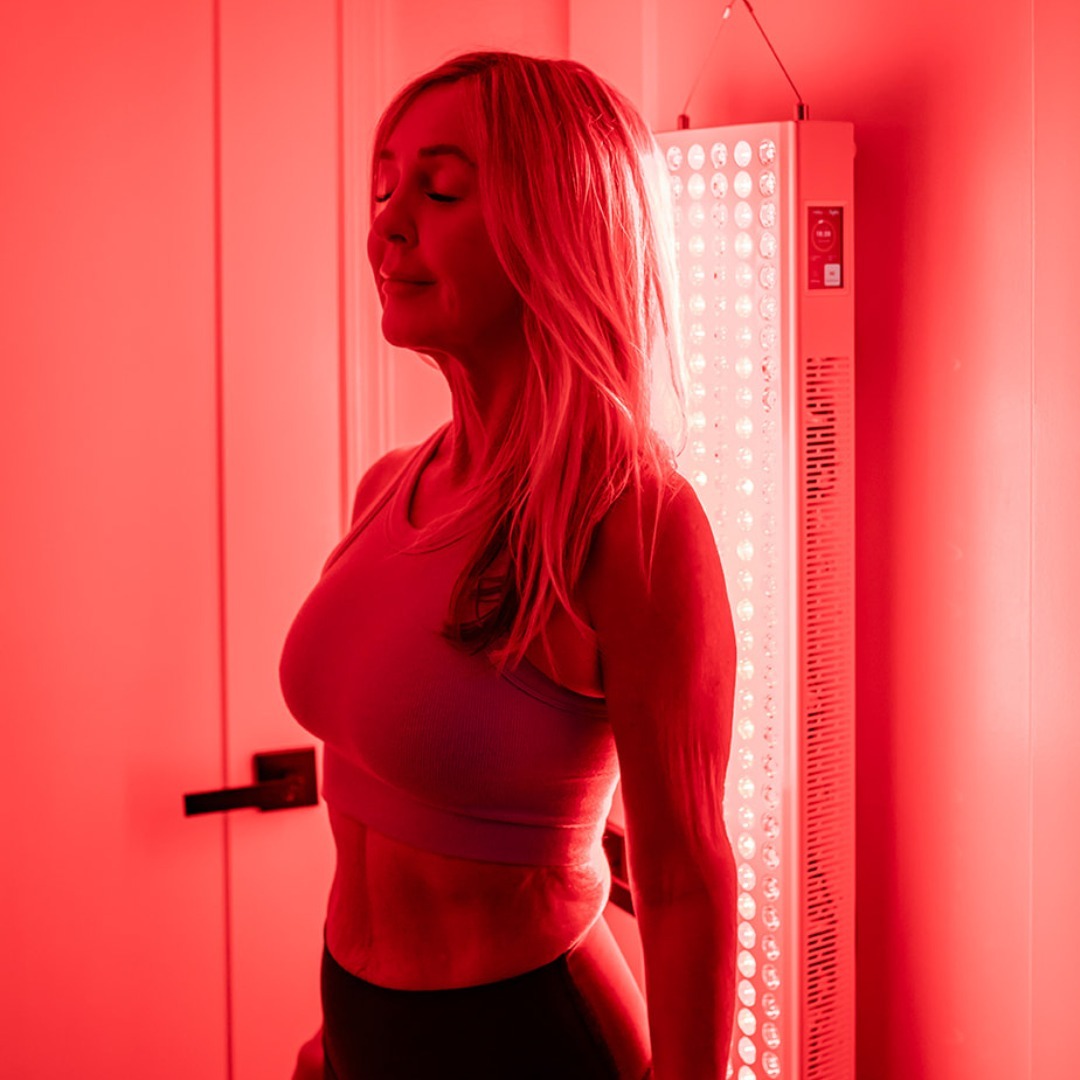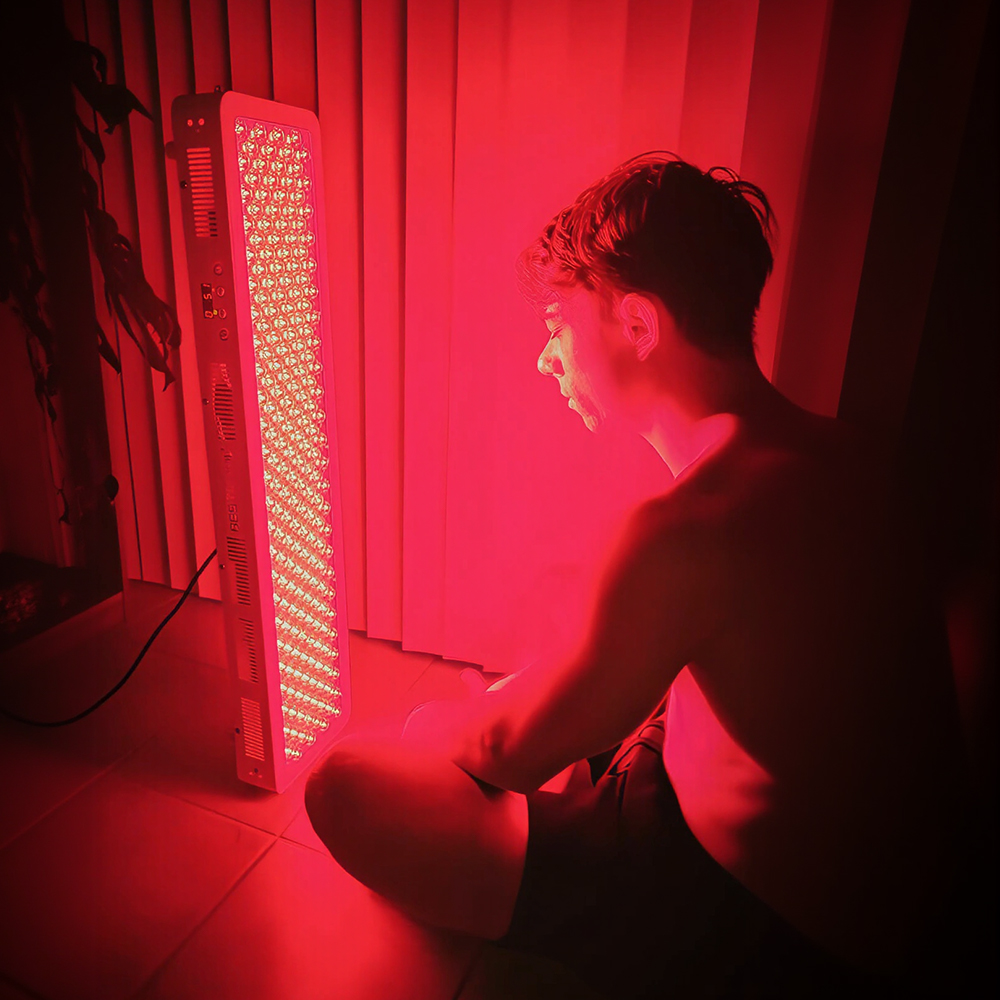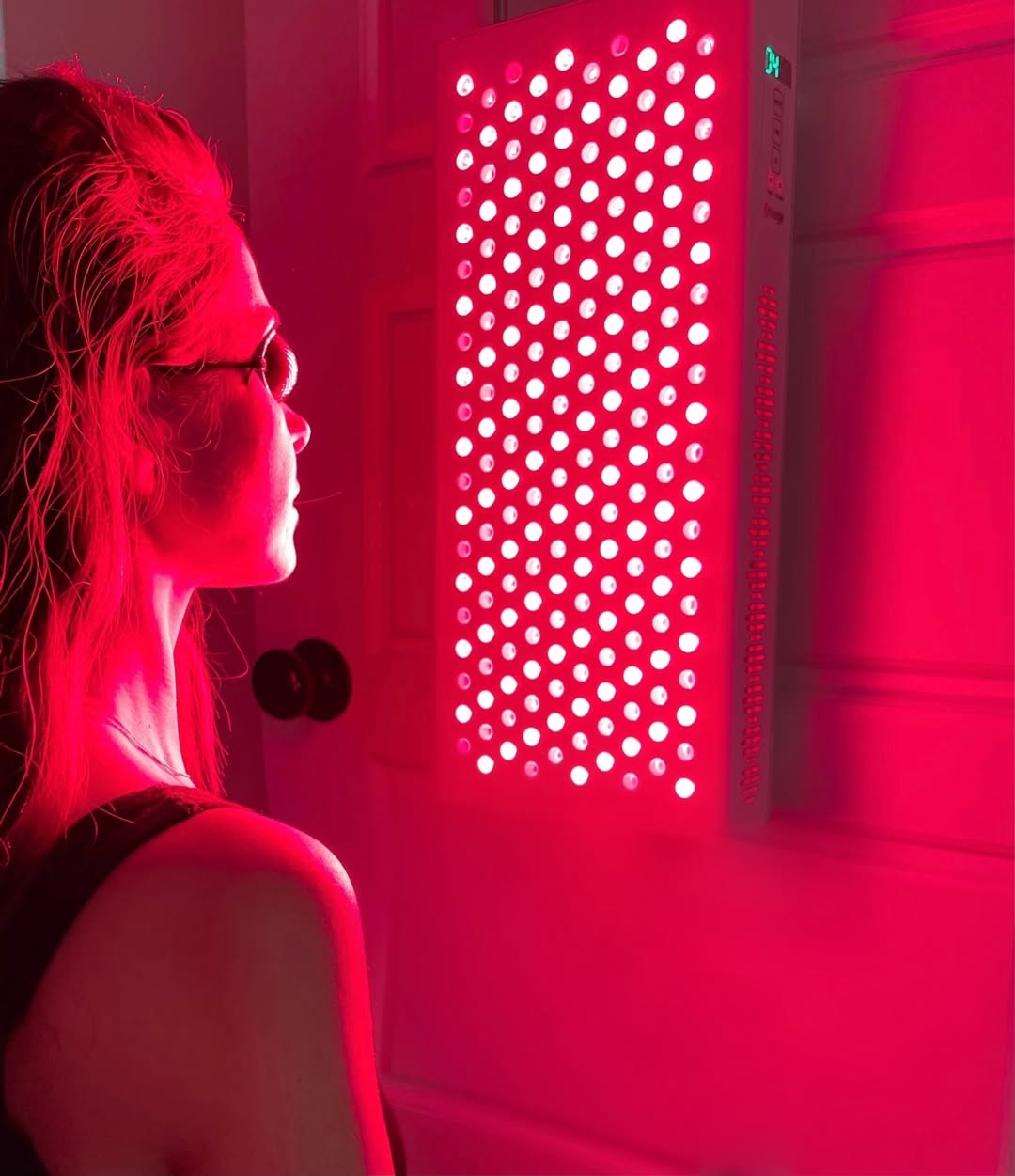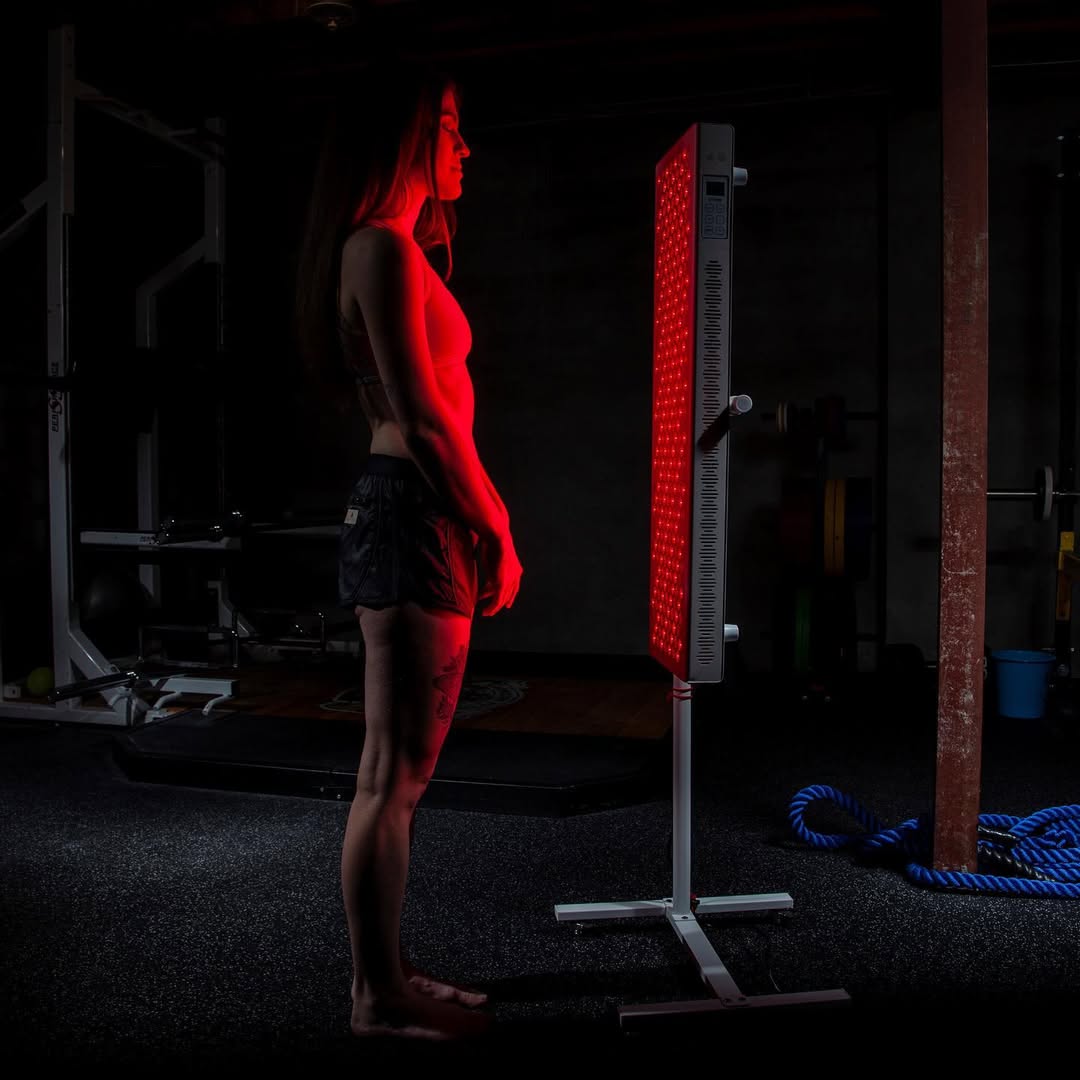![]() Free Shipping
Free Shipping ![]() Buy Now, Pay Later
Buy Now, Pay Later ![]() Eligible
Eligible
Red Light Therapy: A New Solution for Varicose Vein Relief?

Varicose veins are a common yet frustrating condition affecting millions of people worldwide. These swollen, twisted veins—often appearing blue or purple—typically develop in the legs and can cause discomfort, pain, and even embarrassment for those who have them. Traditional treatments include compression stockings, sclerotherapy, and laser surgery, but what if there was a non-invasive, pain-free alternative?
Enter red light therapy (RLT), a cutting-edge treatment gaining traction for its potential to improve circulation, reduce inflammation, and promote tissue repair. But can it really help with varicose veins? Let’s explore the science, benefits, and real-world effectiveness of this intriguing therapy.
Understanding Varicose Veins: Why Do They Happen?
Before diving into red light therapy, it’s essential to understand what causes varicose veins. These veins occur when the tiny valves inside them weaken or fail, allowing blood to pool instead of flowing efficiently back to the heart. Factors contributing to their development include:
- Genetics (family history of vein issues)
- Prolonged standing or sitting (reduced circulation)
- Age (veins lose elasticity over time)
- Pregnancy (increased blood volume and pressure)
- Obesity (added strain on veins)
Symptoms range from mild (aching, heaviness) to severe (swelling, skin ulcers). While not always dangerous, untreated varicose veins can lead to complications like deep vein thrombosis (DVT) or chronic venous insufficiency.
What Is Red Light Therapy?
Red light therapy, also known as low-level laser therapy (LLLT) or photobiomodulation (PBM), involves exposing the skin to specific wavelengths of red and near-infrared light. Unlike UV rays, which damage skin, RLT penetrates tissue without causing harm, stimulating cellular energy production (ATP) and activating healing mechanisms.
How Does It Work for Vein Health?
Research suggests that red light therapy may benefit varicose veins through several mechanisms:
- Improved Circulation
- RLT stimulates nitric oxide release, a molecule that helps blood vessels relax and improves blood flow.
- Enhanced microcirculation may reduce blood pooling in damaged veins.
- Reduced Inflammation
- Chronic inflammation worsens vein damage.
- RLT has been shown to lower inflammatory markers like TNF-alpha and IL-6.
- Collagen Production & Vein Repair
- Light therapy boosts collagen synthesis, which may strengthen vein walls.
- Some studies suggest it helps repair endothelial cells lining the veins.
- Pain Relief
- By reducing inflammation and improving circulation, RLT may alleviate discomfort associated with varicose veins.
VELLGUS Elite V2
THE #1 RATED RED LIGHT DEVICE
VELLGUS pro V2
THE #1 RATED FULL BODY RED LIGHT DEVICE
Scientific Evidence: Does RLT Really Help?
While research on RLT for varicose veins is still emerging, several studies support its potential:
- A 2019 study in the Journal of Cosmetic and Laser Therapy found that LED light therapy improved symptoms of chronic venous insufficiency, including swelling and pain.
- A 2020 review in Photomedicine and Laser Surgery highlighted RLT’s ability to enhance wound healing and tissue repair, which could benefit venous ulcers.
- Anecdotal reports from users note reduced vein visibility and less leg heaviness after consistent RLT sessions.
However, more large-scale clinical trials are needed to confirm its effectiveness as a standalone treatment.
How to Use Red Light Therapy for Varicose Veins
If you’re considering RLT, here’s how to incorporate it safely:
1. Professional Treatments
- Many dermatology clinics and vein specialists offer RLT sessions.
- A typical session lasts 10-20 minutes, with multiple visits recommended.
2. At-Home Devices
- FDA-cleared red light panels or handheld devices can be used at home.
- Look for wavelengths between 630-850 nm (red to near-infrared).
- Treatment time: 10-15 minutes per area, 3-5 times per week.
3. Combining with Other Therapies
- For best results, pair RLT with:
- Compression stockings (to support veins)
- Exercise (to boost circulation)
- Anti-inflammatory diet (rich in flavonoids like berries and citrus)
Potential Risks & Considerations
RLT is generally safe, but there are a few precautions:
- Avoid if pregnant (limited research on safety).
- Not a cure for severe venous disease—consult a doctor if you have ulcers or blood clots.
- Eye protection is recommended with high-intensity devices.
Final Verdict: Is Red Light Therapy Worth Trying?
While red light therapy isn’t a magic cure, early evidence and user experiences suggest it may reduce symptoms, improve skin appearance, and support vein health when used consistently. It’s a promising, non-invasive option worth exploring—especially for those seeking alternatives to surgery.
If you’re struggling with varicose veins, why not give RLT a try? Combined with healthy lifestyle changes, it could be the relief you’ve been searching for.
Have you tried red light therapy for vein issues? Share your experience in the comments!
References & Further Reading
- Avci, P., et al. (2013). “Low-Level Laser Therapy for Fat Layer Reduction.” Lasers in Surgery and Medicine.
- Hamblin, M. R. (2017). “Mechanisms and Applications of Light Therapy.” Reviews in Environmental Health.
- Journal of Cosmetic and Laser Therapy (2019). “LED Light Therapy in Venous Insufficiency.”








